calsfoundation@cals.org
Endangered, Threatened, and Rare Species
Arkansas has many plant and animal species, partly because of varied topography and a temperate climate. An abundance of wildlife and rich soils for planting crops drew many of the early European settlers to the state. Many resources have been harvested or depleted. Earlier generations did not take steps to ensure that certain species were protected as their numbers decreased, and today several plants and animals are classified as endangered, threatened, or rare.
The Endangered Species Act of 1973 provides a means to conserve the ecosystems upon which endangered and threatened species depend and to provide programs to prevent their extinction. The Department of the Interior’s U.S. Fish and Wildlife Service (FWS) and the Commerce Department’s National Oceanic and Atmospheric Administration (NOAA) Fisheries administer the law. The Fish and Wildlife Service has primary responsibility for terrestrial and freshwater organisms, while the fisheries’ responsibilities are mainly for marine species. The law defines an endangered species as “an animal or plant species in danger of extinction throughout all or a significant portion of its range.” It defines a threatened species as “an animal or plant species likely to become endangered within the foreseeable future throughout all or a significant portion of its range.” To help conserve genetic diversity, the act defines species broadly to include subspecies and distinct populations. A species makes the list when it is determined to be endangered or threatened because of the present or threatened destruction of its habitat; overutilization for commercial, recreational, scientific, or educational purposes; disease or predation; the inadequacy of existing regulatory mechanisms; or other factors affecting survival.
The Fish and Wildlife Service also maintains a list of “candidate” species, which have enough information and scientific data to warrant proposing them for listing but have not been proposed. In some cases, conservation actions are taken to reduce or remove the threats to those species. The preventive approach is taken for species that can benefit from early recovery efforts.
The list is dynamic. Species are added and removed, as well as reclassified or moved between endangered and threatened. By June 2005, 389 animals and 599 plants were listed as endangered, along with 129 animals and 147 plants listed as threatened, in the United States. An additional 286 plant and animal species are listed as candidates.
In Arkansas, twenty animals are endangered, eight are threatened, and four are candidates. The endangered animals are two types of crayfish, one type of beetle, eight mussels, one fish, four birds, three bats, and the Florida panther. The threatened animals are a snail, a mussel, three fish, a reptile, and two birds. A look at the numbers highlights the fact that the list is based on current knowledge and that scientists do not know everything about all species that live here. For instance, eight mussels are listed. That does not mean Arkansas is a repository for rare mussels. It simply means someone has collected a lot of data on the mussels in the state. On the other hand, only one insect is listed. Ninety-five percent of the world’s animals are insects. That only one is listed means more inventory and study need to be done. In these cases, not enough data exist for some species. In other cases, the data may be old and not recently verified. The Florida panther (Puma concolor coryi) was one of the first species in Arkansas added to the endangered species list, in 1967. An exhaustive statewide search has not been conducted for the panther recently, and the listing carries a footnote that indicates it may be a historic occurrence in Arkansas. The Bachman’s warbler and two mussels also carry this footnote (and the U.S. Fish and Wildlife Service declared the Bachman’s warbler extinct in 2021).
Two other, more well-known Arkansas animals carry special listings: the bald eagle and the American alligator. The bald eagle is listed as “threatened—proposed for delisting,” which refers to the comeback of this species and the fact that it has moved down the list from endangered. The American alligator’s status code illustrates another aspect of how the list works. The Endangered Species Act is the law that implements U.S. participation in the Convention on International Trade in Endangered Species of Wild Fauna and Flora—a 130-nation agreement that addresses international trading of endangered species, including their parts (skins, feathers, bones, claws, etc.). While American alligator populations are doing well in the United States, and wildlife officers certainly would not mistake an alligator for some other animal in the wild, the reptile skins are another matter. Alligator skins or products are difficult to distinguish from the skins of other rare members of the same reptile family, such as the Chinese alligator. To prevent the import into the United States of other endangered alligator products, the American alligator carries a status code of “threatened because of similarity of appearance.”
Four plants from Arkansas are listed as endangered, and one is listed as threatened. The four endangered plants are Missouri bladderpod, Pondberry, Harperella, and Running Buffalo Clover. The threatened plant is geocarpon. All of these were listed in the late 1980s. Additional research and fieldwork supports the continued listing of all except the Running Buffalo Clover, which also carries the footnote that it may be a historic occurrence in Arkansas.
While the Fish and Wildlife Service tracks threatened and endangered species at the national level, at the state level, this job is the responsibility of the Arkansas Natural Heritage Commission. This agency monitors the status of all federally listed species and tracks the animals and plants that are rare to the state. While the species do not observe the political boundaries of the state, the commission is concerned with rare resources because it works to identify areas that most need protection. The state listing process recognizes two kinds of rarity. In the first case, the species itself is rare; few individuals exist, and each is important. A good example is the Ozark big-eared bat. Only a few hundred are left in the world, and all raise their young in a few caves. Any cave that this bat uses for a nursery would be a critical conservation target. On the other hand, oak-hickory forests are fairly common, but high-quality examples of them have become so rare that each deserves special attention. Thus the opportunity to preserve the best example of a type can be as important as a chance to preserve the only example.
Reasons a plant or animal can be considered rare or a “species of special concern”:
1. Endemics are known to occur only in a relatively small area. Several plant and animal species occur only in Arkansas. The Caddo Mountain salamander (Plethodon caddoensis) is found only in certain areas of the state’s Ouachita Mountains.
2. Disjuncts are species whose populations occur in widely separated areas. An example is the sand cherry (Prunus pumila), a plant found primarily in the northern United States. Isolated populations also occur in Arkansas’s Grand Prairie.
3. Relics are plants and animals that probably were more common when the state’s climate was much different. As the climate changed, populations of these species died out, but small populations of some species continue to cling to appropriate habitat in the state. The deep ravines and protected slopes of the Boston Mountains provide areas rich in relict flora. Some of the key plants include shining clubmoss, French’s shooting star, interrupted fern, and butternut.
4. Peripherals are species reaching the edge of their range. They tend to become less common and ultimately may qualify as rare. The plains harvest mouse (Reithrodontomys montanus), found throughout the Great Plains, becomes progressively rare southward into Arkansas.
5. Habitat specificity includes certain species that are limited geographically by habitat requirements. For instance, the filmy fern (Trichomanes boschianum) is found only in damp limestone grottoes or sandstone overhangs in deep canyons of the state’s Boston Mountains.
6. Human-induced rarity includes species that become rare as a result of human activities. Loss of native habitat to such things as agricultural production and urban development has resulted in the decline of several species that were once more common in Arkansas. The prairie mole cricket (Gryllotalpa major) depends on tallgrass prairie. As prairies in Arkansas were plowed for crop production, this species became progressively rare and is now restricted to isolated fragments of remaining habitat.
Besides habitat loss, degradation of habitat from pollution can lead to species’ declining to the point of becoming rare. Many freshwater mussel species that occur in Arkansas rivers and streams depend on high water quality. Alterations of river courses through channelization, urban and agricultural runoff, and increased sediment loads have had a negative effect on many species.
Rare plant examples by Arkansas region:
Ozark Mountains
The limestone glades of the Ozarks support a variety of rare plants, including a yellow coneflower, a skullcap, and a phlox. The Springfield Plateau contains Arkansas’s only known location for white-flowered trillium, running strawberry bush, and lady’s slipper.
Ouachita Mountains
Many endemic plants live in the Ouachitas, including a twistflower that is found only in Arkansas and Oklahoma. Rich Mountain has the state’s only example of Ofer Hollow reed grass.
Arkansas River Valley
Magazine Mountain’s rocky outcrops are home to leadplant and the locally endemic maple-leaved oak. Small-headed pipewort and bottle Gentian occur in areas of natural seepage.
West Gulf Coastal Plain
Arkansas oak grows in the sandy soils where the Gulf of Mexico once reached. The area’s alkaline soils have sodium levels that would be toxic to most plants but support the tiny herbaceous plant geocarpon in this area and a few sites in Missouri.
Mississippi Alluvial Plain
What could easily be considered Arkansas’s rarest plant occurs only in the Grand Prairie region of this plain. Stern’s medlar is a large flowering shrub that produces clusters of white flowers. This plant was first described to science (that is, described in a written form recognized by the appropriate scientific community) in 1990 and is known to occur nowhere else.
Crowley’s Ridge
Crowley’s Ridge has several species, such as the tulip tree, that are found elsewhere only in the Appalachians. Among the rarest are the bigleaf magnolia, the climbing magnolia, and two species of turtlehead.
Rare Arkansas Animals
Most of the rare invertebrate animals that are listed as rare in Arkansas are endemic to the Ouachita and Ozark mountains. Many, such as crayfish and amphipods, live in caves or cave streams. Several rare snails have limited ranges, such as the Magazine Mountain middle-toothed land snail, which is found only on that mountain. Detailed mussel research documents several rare species, such as the Arkansas fatmucket and speckled pocketbook mussels.
Several rare fish species are found only in Arkansas, including the Ouachita madtom, the Caddo madtom, the yellowcheek darter, the paleback darter, and the Strawberry River darter. The Ozark cavefish and the leopard darter are found only in a few caves in Arkansas, Missouri, and Oklahoma. Arkansas also supports several salamanders endemic to the Ozark and Ouachita mountains. Two that occur only in Arkansas are the Caddo Mountain salamander and the Fourche Mountain salamander.
Several reptiles listed as rare in the state are on the edge of the ranges, such as the cornsnake and the Louisiana milk snake. Other snakes represent disjunct populations, such as the dusty hognose on Rich Mountain. The conversion of prairies to agriculture has reduced the ornate box turtle population drastically and confined it to a few prairie remnants in the state.
Arkansas lists nineteen marsh and shore birds as rare, including the interior least tern, the great egret, the snowy egret, the wood stork, and the least bittern. The list includes seven sparrows and seven warblers. Other birds include the anhinga, the black-billed cuckoo, the willow flycatcher, and the rusty blackbird.
Seven bat species dominate the list of rare mammals. Several rodents, such as shrews and harvest mice, are listed. Larger mammals on the edge of their range are the Eastern spotted skunk and the American badger.
For additional information:
Arkansas Natural Heritage Commission. http://www.naturalheritage.org (accessed April 1, 2024).
“Endangered Species and Other Threats to Wildlife.” Arkansas Game and Fish Commission. https://www.agfc.com/en/wildlife-management/endangered/ (accessed April 1, 2024).
Foti, Thomas, and Gerald Hanson. Arkansas and the Land. Fayetteville: University of Arkansas Press, 1992.
Remmel, Ariana. “Protecting Arkansas’s Rare—Not Just Endangered—Species Is a Group Effort.” Arkansas Times, May 20, 2024. https://arktimes.com/arkansas-blog/2024/05/20/protecting-arkansass-rare-not-just-endangered-species-is-a-group-effort (accessed May 20, 2024).
Arkansas Natural Heritage Commission
Little Rock, Arkansas
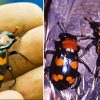 American Burying Beetle
American Burying Beetle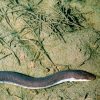 Amphibians
Amphibians Arkansas System of Natural Areas
Arkansas System of Natural Areas Endemic Darters
Endemic Darters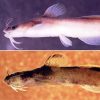 Endemic Madtoms
Endemic Madtoms Environment
Environment Extinct Animals [Historic Period]
Extinct Animals [Historic Period] Geography and Geology
Geography and Geology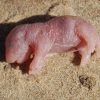 Ozark Pocket Gopher
Ozark Pocket Gopher Science and Technology
Science and Technology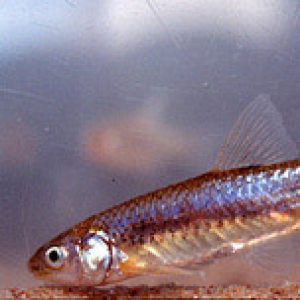 Arkansas River Shiner
Arkansas River Shiner 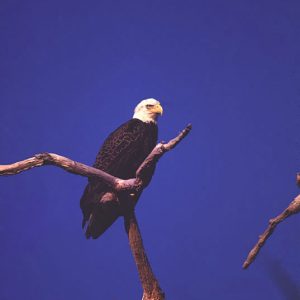 Bald Eagle
Bald Eagle 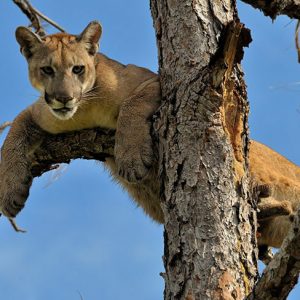 Florida Panther
Florida Panther 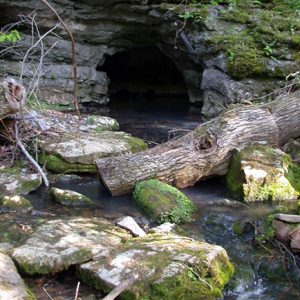 Foushee Cave Natural Area
Foushee Cave Natural Area 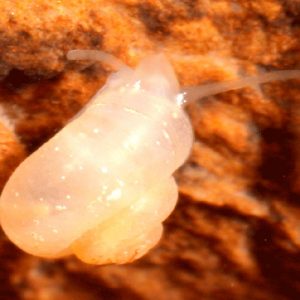 Foushee Cave Snail
Foushee Cave Snail 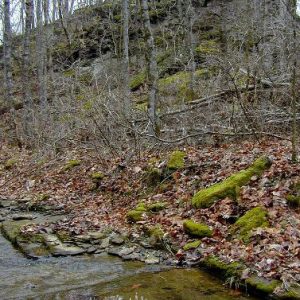 Garrett Hollow Natural Area
Garrett Hollow Natural Area 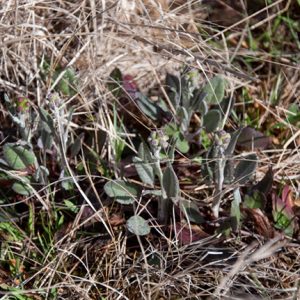 Geocarpon Minimum
Geocarpon Minimum 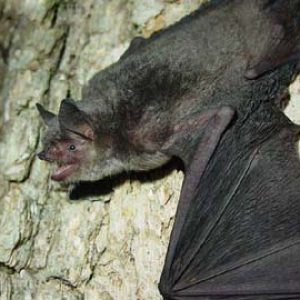 Gray Bat
Gray Bat 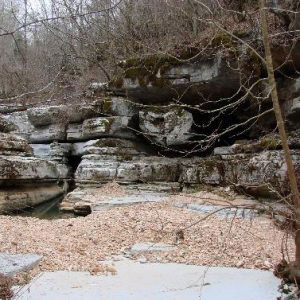 Hell Creek Natural Area
Hell Creek Natural Area 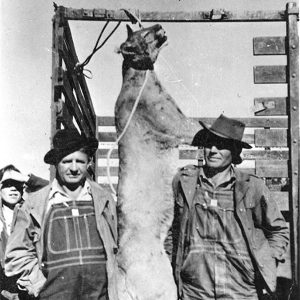 Hunters and Panther
Hunters and Panther 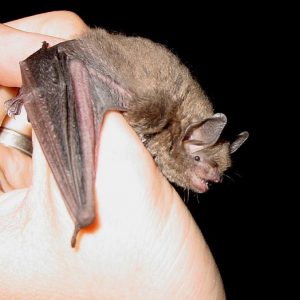 Indiana Bat
Indiana Bat  Interior Least Tern
Interior Least Tern 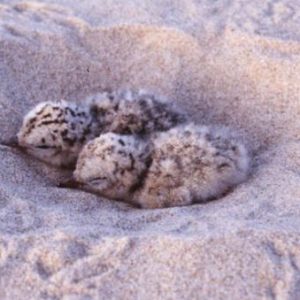 Interior Least Tern Nestlings
Interior Least Tern Nestlings 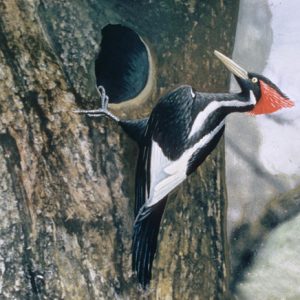 Ivory-billed Woodpecker
Ivory-billed Woodpecker 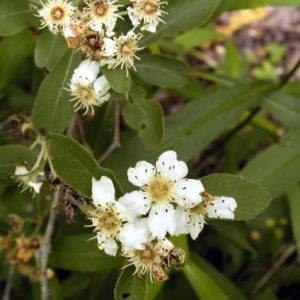 Konecny Grove Natural Area
Konecny Grove Natural Area 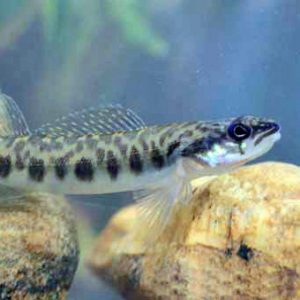 Leopard Darter
Leopard Darter 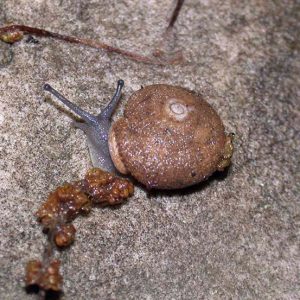 Mount Magazine Shagreen Snail
Mount Magazine Shagreen Snail 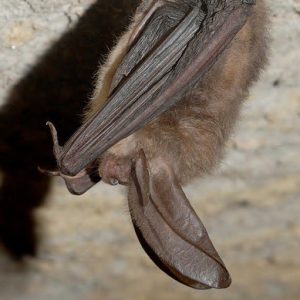 Ozark Big-Eared Bat
Ozark Big-Eared Bat 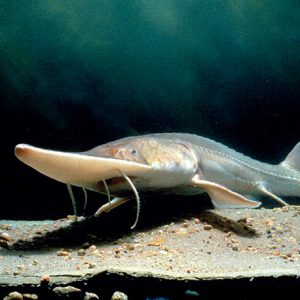 Pallid Sturgeon
Pallid Sturgeon 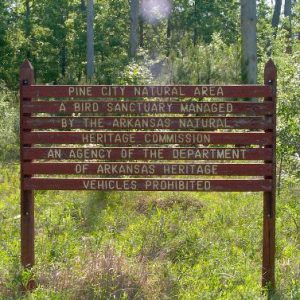 Pine City Natural Area
Pine City Natural Area 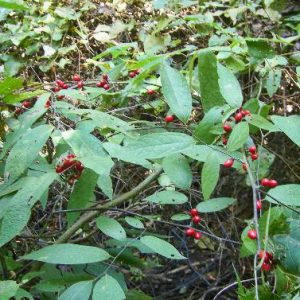 Pondberry
Pondberry 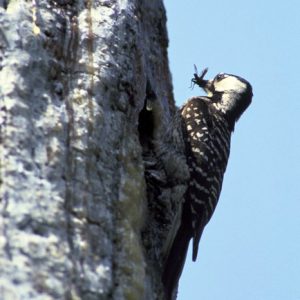 Red-cockaded Woodpecker
Red-cockaded Woodpecker  Red-cockaded Woodpecker Call
Red-cockaded Woodpecker Call 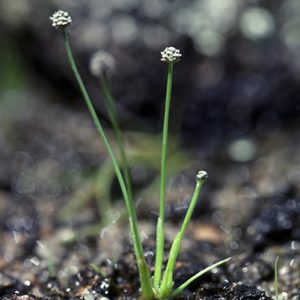 Small-Headed Pipewort
Small-Headed Pipewort 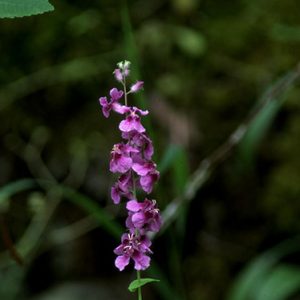 Twistflower
Twistflower 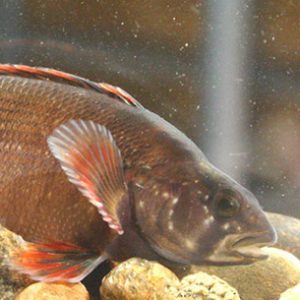 Yellowcheek Darter
Yellowcheek Darter 



Comments
No comments on this entry yet.